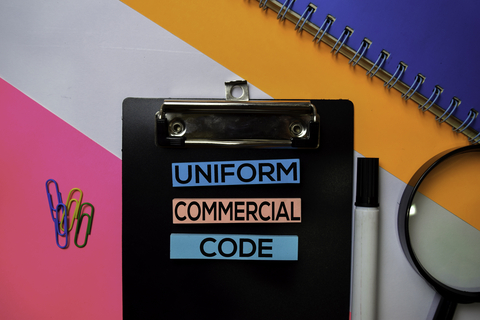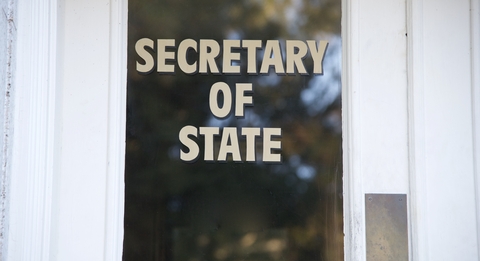Warning signs: How to spot a scoundrel
Running a due diligence background checks is a great way find out if if someone is not as honest as they appear – before you agree to do business. To do this, investigators look at past and current behavior to help predict the likelihood of future fraudulent activity. It’s the “once a crook, always a crook” approach, because, despite the rare turnaround, generally most people continue their bad behavior.
What sort of clues do you look for when conducting due diligence background investigations? As described by Randy Shain in his 2008 book, Hedge Fund Due Diligence: Professional Tools to Investigate Hedge Fund Managers, investigators generally look for two kinds of warning signs: red flags and yellow flags.
Red flags are those non-negotiables – items that turn up in the background check which, on their own, would cause any prudent person to take notice, such a past conviction for fraud. Yellow flags, like gaps in employment or frequent job changes, may seem minor on their own, but, put in context with other findings, often add up to something major.
Also, one client’s yellow flags may be another’s red flag. Tolerance levels vary according to the level of risk and even personal preferences. For one of my clients, learning that our subject still owed money to a university nearly 10 years after earning his degree was enough to cancel the investment.
These warning signs apply to any type of investment or business partnership. You don’t have to work with hedge fund managers to use these indicators for vetting people and companies. On the other side of the background check, if you’re a hedge fund manager or other target of a due diligence investigation, they show you what issues can come up in the background check, helping you take a proactive role in the process.
So what are these indicators used by due diligence specialists? Let’s start with some of the red flags I’ve found to be deal-breakers for our clients:
Past fraud – If you want to avoid being the victim of fraud, it’s generally a good idea not to go into business with someone who has committed fraud in the past. Searching court records and news articles will help, but, as Shain points out, make sure to get as many details as possible and don’t rely on whether the charges where proven or not. These cases are often settled or dismissed, and what counts is if you see a pattern of behavior.
False credentials – If you’re going to lie about a college degree – especially if it’s not essential for closing the deal – what else will you lie about? The targets of our background checks sign an authorization form that lists their degrees and allows the schools to release information to our firm. And they still lie. Double-check, since clerical errors do occur, but this one is generally non-negotiable.
Criminal and almost-criminal activity – Again, court records and the news come in handy, but the devil is in the details. Was this a youthful indiscretion or something more current? Finding news reports of barroom brawls doesn’t instill trust. Felonies and misdemeanors, especially if recent or part of a pattern, require immediate attention, and don’t forget to check corporate crimes.
Lack of cooperation – When an investigation uncovers any flags – red or yellow – how does the subject respond? Where’s the trust when they don’t call back, or if they try to cover up with more lies? Most want the deal to move quickly, so these delay tactics raise giant red flags.
Next time I’ll cover some yellow flags – warning signs that can add up to big issues in the due diligence background investigation.



